Community environmental education prioritizes community wellness, and uses learning in and about the environment as a means towards community wellness and healing. It draws from place-based, youth and community development, participatory, and resilience approaches in environmental education. Recognizing that community environmental education is an emerging field lacking a clear definition (Aguilar, in revision, Aguilar, Price and Krasny, 2015), here we use a definition developed in the U.S. urban context (Price, Simmons and Krasny, 2014): “Community environmental education aims to enhance a community’s wellness through thoughtful environmental action. It fosters collaborative learning and action, taking into account the social, cultural, economic, and environmental conditions of a community.”
Community environmental education uses environmental learning and action to foster community wellness in cities and other settings.
The term community also has multiple definitions, including those built around a common location, social connections or belonging, cultural identity, and interests (Delanty, 2003). Our use of the term integrates local (e.g., a neighborhood), common interests (e.g., youth development, organic food production), and relational or belonging aspects of community, which is consistent with our focus on community wellness. We define community wellness as social, environmental, and economic conditions that support health and quality of life, including the presence of healthy green spaces, food, and water, and opportunities to engage in healthy activities with others. Although environmental education focusing on community wellness can occur anywhere, much of our understanding of community environmental education comes from work in cities.
To see more chapters from the book, click here.
Two social learning theories used in understanding environmental education include communities of practice and cultural historical activity theory. For example, Aguilar and Krasny (2011) applied communities of practice theory to understanding how learning occurs in environmental after-school programs in small cities in Texas, and Krasny and Roth (2010) applied cultural historical activity theory to watershed programs occurring near Victoria, British Columbia. Importantly, these two theories privilege not just the knowledge and perspectives of professionals, but also of community members and of youth participants in environmental education programs. For the urban environmental educator, these theories enable understanding of how learning occurs in programs designed to foster individual and organizational transformations leading to community wellness.
Communities of practice
Originally developed to understand how people learn a craft or skill through interactions with more skilled craftsmen, communities of practice theory examines individual and group identity formation and transformation as a learning process. According to Wenger (1998), a community of practice is a place where people with a common interest or concern engage and become members, agree on and pursue a particular enterprise (e.g., community wellness), and cultivate a common repertoire (e.g., cultural values). The framework considers learning as a social process that occurs as individuals participate in groups associated with a specific physical, historical, and cultural context, often in an apprenticeship manner around a common interest or concern (Lave and Wenger, 1991). Researchers have used this framework to identify apprenticeship-like approaches to learning, while others have examined individual identity and power differentials as a result of participation in communities of practice.
Water Watchers: an environmental education community of practice in Austin, Texas
Water Watchers (organization name has been changed to protect participants’ privacy) is an environmental education program that engages low-income youth in Austin, Texas, whose mission is to: “advance personal and academic achievement through environmental monitoring, education, and adventure.” It provides an example of how program staff’s attention to multiple elements of a community of practice fosters youth engagement. During the academic year after the school-day ends, program staff transport students to test water quality at various sites, and then to program headquarters where students socialize, share food, and do homework with peers who tested a different site. During the summer, staff transport students to their water monitoring sites, after which they go swimming or on a field trip. Through this process, Water Watchers has developed a community of practice, including membership, common enterprise, and shared culture (Aguilar, in press).
A community of practice relies on consistent membership with multiple entry points for joining. Water Watchers offers meetings through the year, provides transportation and a stipend (thus encouraging attendance), offers multiple activities and volunteer opportunities, and brings in speakers and community members. This allows students to participate for different reasons: they like science, they want to be with friends, their teacher recommended them, or they simply want something to do after school.
The program common enterprise revolves around youth development—including academic achievement, social support, agency and empowerment—and around environmental stewardship, both of which foster community wellness. While students often identify the program enterprise as one of water-quality monitoring and socializing, they also acknowledge the program has given them a voice and feelings of respect and acceptance. The program leaders feel students should leave the program “prepared to create a life for themselves that will be better,” and thus ask students to develop goals not only for program participation, but also for their school and family lives. Students work as mentees until they pass a test to become mentors. Mentors in turn develop confidence in their skills as they help newcomers with water testing procedures. Students also apply their water quality knowledge in new arenas, like canoeing and service-learning. Finally, the community of practice includes trajectories that enable members to expand their academic and social skills and bridge with other communities of practice.
Water Watchers also projects a shared culture of respect for each participant and of helping each other. This culture is reinforced when students depend on one another for a successful water test, and through overnight camping and trips to learn about colleges. For example, an African American male who had recently opened up about his homosexuality on an all-boys overnight trip found acceptance rather than ridicule in the Water Watchers community. Another student admitted that high school was a difficult place to feel accepted, but Water Watchers made it easier for her to find a sense of belonging.
Social learning encompasses a diversity of learning theories, all of which focus on learning through interaction with others.
In addition to consistent membership, common enterprise, and shared culture, Water Watchers provides for needs like food, financial assistance in the form of a stipend, and a base for homework and recreation. These services result in a “safe space” and enable a “sense of belonging” for students, many of whom come from unstable homes. In short, Water Watchers empowers participants by improving their social and educational skills, and fosters community wellness through these youth development outcomes and monitoring water quality.
Cultural historical activity theory
Cultural historical activity theory is based on the idea that humans change or learn when they engage in productive activity within a particular cultural and historical context and environment, and in doing so, they change that environment. Productive activity occurs within an activity system, which is comprised of a goal or outcome for the activity, tools, rules, object, subjects, community, and division of labor, as well as the interaction of these elements (Engeström, 1987). Learning occurs through interaction of the learner with other components of this system.
Learning also occurs when contradictions between different elements of the activity system generate conflicts; for example, when rules specifying how to conduct an activity are not consistent with project goals. This can lead to transformations or expanding the activity to include new rules, tools, or goals. Further, one activity system may produce outcomes that are used by another activity system, such as when knowledge produced through a water monitoring activity system is used by policy makers in a legislative activity system. In short, a learning activity system is dynamic and has multiple interactions among its elements and with other activity systems, which can lead to transformation of the activity system and related learning.
By applying cultural historical activity theory to two cases in South Africa—one involving organic agriculture, and the other medical wastes—we expand North American notions of community and urban environmental education that have focused largely on youth audiences. The lessons drawn from the two cases about identifying and resolving contradictions through interactions among academic, professional, and practical knowledge holders, leading to transformations and outcomes consistent with community wellness, are relevant to community environmental education more broadly.
Expansive learning in organic agriculture learning system, Durban, South Africa
In 2008, Rhodes University, which has cultural knowledge that functions as activity system “tools,” and the South African Qualifications Authority, which makes educational policies and standards and thus provides “rules,” began implementing the Researching Work and Learning program in environmental education. The Isidore Organic Network and its marketing arm Earth Mother Organic, constituted one research site (Mukute, 2010). In trying to address growing demand for organic produce in Durban, these organizations faced challenges meeting organic standards, getting certified as organic producers, and becoming profitable. Cultural historical activity theory, in particular its focus on collaborative learning, transformations of current practice, and contradictions, is useful in understanding how the organic farmer group and its stakeholders sought to overcome obstacles.
Through collaboration with Rhodes University researchers, members of the organic agriculture organizations used a series of steps to contribute to expansive social learning at the local level, and potentially to education nationally. They analyzed Isidore and Earth Mother Organic agriculture and agribusiness practices, which surfaced key challenges and their underlying causes (contradictions). Then they collectively developed and implemented a solution to address the contradictions.
Over 20 organic farmers, trainers, and marketers jointly defined key challenges, surfaced their causes, and developed solutions in an expansive learning process. They identified the goal of their collaborative learning as human health, wealth, and environmental sustainability—which could only be enabled by a qualitatively new practice. The research participants decided to work on the contradiction between organic regulations (rules) and local social-ecological conditions (community). They concluded that this contradiction was caused by lack of collaborative linkages in the organic sector, which in turn was explained by: difficulties in making a profit, part of which would be used for collective learning and innovation; historically constructed cultural barriers among organic value chain actors and associated low levels of trust; strong culture of individualism fostered by past failures of cooperatives; and inadequate infrastructure to support the organic farming movement, including collection centers, training, inspection, and certification.
Responding to this contradiction, the project conducted a workshop which led to formation of a Green Growers Association consisting of organic farmers, trainers, marketers, certifiers, and the municipality, with the goal of linking and coordinating learning and actions of the Durban area organic farming community. The project also identified 11 stakeholder groups and accompanying activity systems that it needed to intentionally engage, including agro-processors, suppliers of agricultural tools, consumer groups, funding partners, research organizations, universities, and colleges (see the Figure). The second model solution was the identification and adoption of the International Federation for Organic Agriculture Movements’ Participatory Guarantee System, which would enable the local organic farming community to set, implement, monitor, and certify local organic production using agreed-upon criteria. The Green Growers Association recruited organic inspectors and an information technologies specialist to adapt international organic farming standards, communication, and marketing.
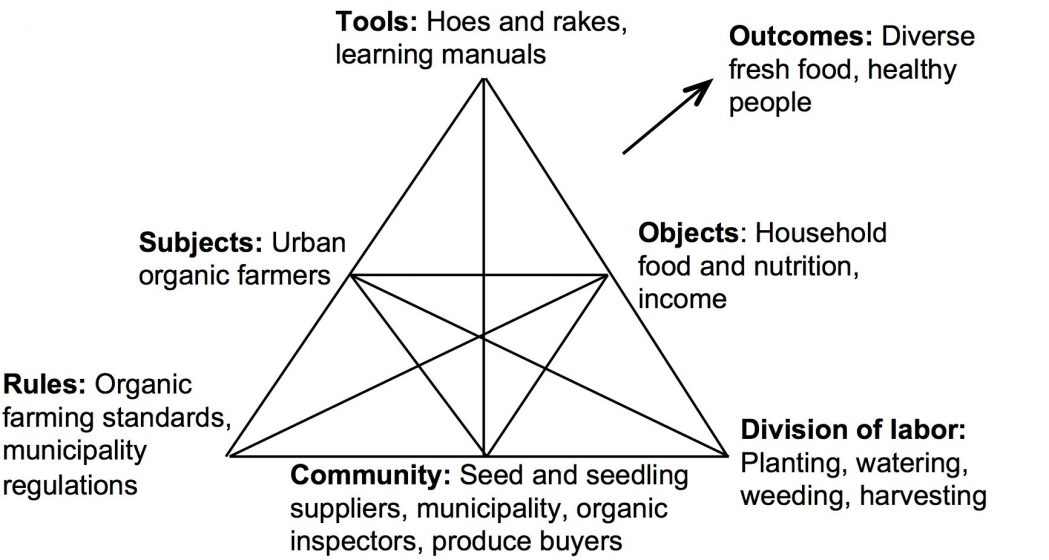
While the above process helped the Durban organic agriculture community learn jointly and generate solutions to agricultural challenges, it also revealed that organic trainers and mentors needed higher order skills to perform their tasks. In addition, the study concluded that agricultural cognition comprised not just the knowledge of trainers, but also of farmers, farmworkers, inspectors, and marketers, which should be drawn on and developed (Mukute, 2010). Finally, it recommended the formation of local, lasting collective learning, innovation, and action structures. These insights were shared with the South African Qualifications Authority and Rhodes University, which influence education policy in South Africa. The insights and recommendations demonstrate a link between local and national level learning processes, which could strengthen environmental education impacts across multiple scales.
Knowledge-sharing practices in community home-based care, South Africa
Community home-based care in South Africa is in high demand due to the HIV/AIDS pandemic and related diseases, resulting in waste that poses a public health risk if not disposed of correctly. Typically, healthcare waste includes swabs, adult diapers, and used dressings, needles, and surgical gloves. Young children have been seen playing with surgical gloves found dumped on a vacant plot, inflating them, filling them with water, and drinking out of them.
Different community players contribute toward achieving sustainable healthcare waste management. Some partners enforce waste management regulations, some produce healthcare waste, while others sort, manage, and dispose of it. Cultural historical activity theory sees these players as interacting in activity systems that are dynamic and multi-voiced, and as individuals whose ideas and practices can be transformed through ongoing dialogue in expansive learning processes.
Research revealed that problematic waste management practices in home-based care facilities were linked to limited knowledge and knowledge-sharing (Masilela, 2015). It became clear that environmental education processes were needed to strengthen environmental management practices. For example, healthcare waste is commonly disposed of in domestic waste bins or illegally burned, but environmental health officers lack knowledge about such practices. Similarly, community home-based caregivers, despite extensive experience in nursing and palliative care, did not know how to dispose of waste generated outside of a clinic. Although senior managers seem to hold more detailed knowledge about healthcare waste management, channels to disseminate this knowledge to environmental health officers or community home-based caregivers were non-existent. The result: impoverished waste-pickers rummaging through piles of domestic garbage in search of items to recycle or resell faced risks of encountering healthcare waste.
Three workshops provided the basic framework for an expansive learning process in which the managers of home-based care facilities, environmental health officers, and waste inspectors identified their strengths and weaknesses and collaborated to seek long-term solutions. The voices of waste-pickers and caregivers were brought into the workshops through interview transcripts and photographs, enabling stakeholders to develop a richer perspective on the complexity and contestation of the problem. The workshops created opportunities for people with diverse skills and backgrounds to build common knowledge and develop new practices around a shared outcome (i.e., improving waste management). Participants learned about daily practices related to healthcare waste management (“who does what”); gained insight into tensions and contradictions; and asked “why,” “how,” “where,” and “what” questions to clarify misconceptions.
The healthcare waste management activity system suggests lessons for community environmental education more broadly. Environmental sustainability challenges in urban settings require collaboration among multiple players who need access to contextually relevant knowledge. Processes that stimulate dialogue and the production, circulation, and reflexive critique of knowledge within and across activity systems, such as the workshops addressing healthcare waste management, create opportunities for expansive learning leading to sustainability innovations.
Conclusion
The communities of practice framework allows us to examine social learning that occurs through participation in a community focused on a common enterprise. Cultural historical activity theory enables us to see how activities expand through encountering challenges or contradictions, resulting in learning at higher levels.
Communities of practice and cultural historical activity theory are two social learning frameworks useful in understanding community environmental education.
A focus on learning through interactions also suggests equitable knowledge sharing, which is important to urban environmental education. It reveals a subtle change in perspective from expanding existing outreach programs to be more inclusive of non-traditional audiences, such as low-income youth, farmers, or community healthcare workers. Instead, youth, farmers, and healthcare workers, alongside university scientists and professional environmental educators, all have knowledge to bring to the table. Recognizing and honoring each actor’s assets not only uncovers ideas potentially useful in addressing sustainability issues, but also empowers less powerful community members. For these reasons, it is a critical component of social learning and of urban environmental education that seeks to foster community wellness.
Marianne Krasny, Ithaca
Mutizwa Mukute, Grahamstown
Olivia Aguilar, Granville
Mapula Priscilla Masilela, Grahamstown
Lausanne Olvitt, Grahamstown
* * * * *
This essay will appear as a chapter in Urban Environmental Education Review, edited by Alex Russ and Marianne Krasny, to be published by Cornell University Press in 2017. To see more pre-release chapters from the book, click here.
This essay also appears at the North American Association of Environmental Educators site.
References
Aguilar, O.M. (in revision). Examining the literature to reveal the nature of community-based environmental education programs and research. Environmental Education Research.
Aguilar, O.M. and Krasny, M.E. (2011). Using the community of practice framework to examine an after-school environmental education program for Hispanic youth. Environmental Education Research. 17(2), 217-233.
Aguilar, O., Price, A., and Krasny, M.E. (2015). Perspectives on community environmental education. in M. Monroe and M.E. Krasny, editors. Across the Spectrum: Resources for Environmental Educators. Washington, DC: NAAEE.
Delanty, G. (2003). Community. Routledge, London.
Engeström, Y. (Ed.). (1987). Learning by expanding: An activity – theoretical approach to developmental research. Orienta-Konsultit, Helsinki, Finland.
Krasny, M., and Roth, W.-M. (2010). Environmental education for social-ecological system resilience: A perspective from activity theory. Environmental Education Research, 16(5-6), 545-558.
Lave, J., and Wenger, E. (1991). Situated learning. Cambridge University Press, Cambridge, UK.
Masilela, K. (2015). Draft MEd thesis. Environmental Learning Research Centre. Grahamstown, South Africa: Rhodes University.
Mukute, M. (2010). Exploring and expanding farmer learning in sustainable agriculture workplaces. PhD dissertation. Grahamstown, South Africa: Rhodes University.
Price, A., Simmons. B., and Krasny, M.E. (2014). Principles of excellence in community environmental education. (unpublished document).
Wals, A.E.J. (2007). Social learning towards a sustainable world: Principles, perspectives, and praxis. Wageningen Academic Publishers, Wageningen, The Netherlands.
Wenger, E. (1998). Communities of practice: Learning, meaning and identity. Cambridge, UK: Cambridge University Press.
about the writer
Mutizwa Mukute
Mutizwa works on various regional projects related to sustainable agriculture in the southern African region. While working with cultural historical activity theory, Mutizwa pioneered expansive learning approaches in environmental education and sustainable agriculture. .
about the writer
Olivia Aguilar
Olivia received her PhD in Natural Resources at Cornell University in 2009 studying environmental and science education. She obtained her BS and MS in Horticulture from Texas A&M, where she studied the effects of a Junior Master Gardener Program on the environmental attitudes of children.
about the writer
Mapula Priscilla Masilela
Working for the provincial and local government as an Environmental Health Practitioner, both in education and management, Priscilla’s primary focus is on public education and how it impacts the relationship between communities and their environments.
about the writer
Lausanne Olvitt
Lausanne has been a tenured staff member in the Education Department at Rhodes University since 2009 and currently teaches at Honours, Masters and Doctoral levels.



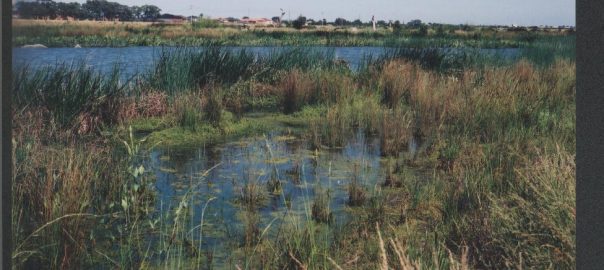
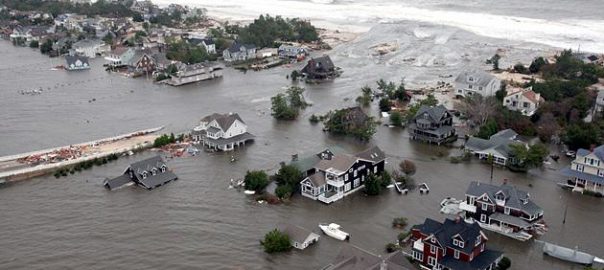
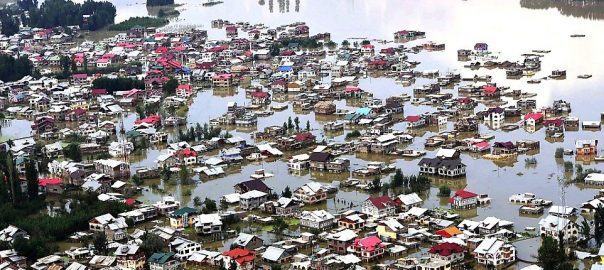
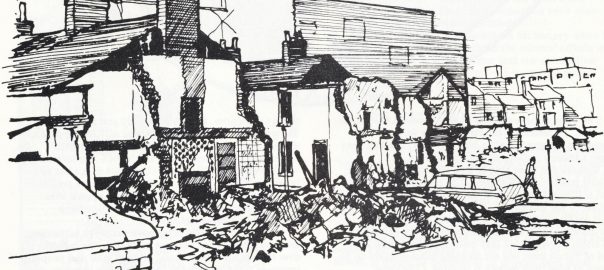
Leave a Reply